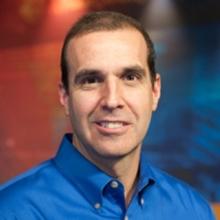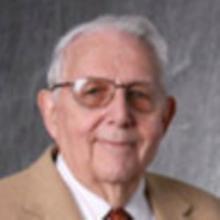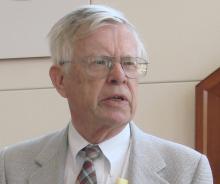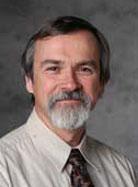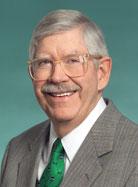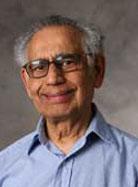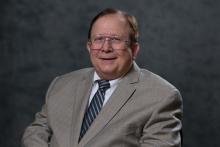People
Faculty
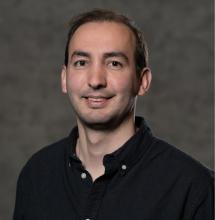

James L. Decker '45 Endowed Professor in Aerospace Engineering and Director, Center for Flow Physics and Control (CeFPaC).
Experimental Fluid Mechanics, Aerodynamics, and Flow Control
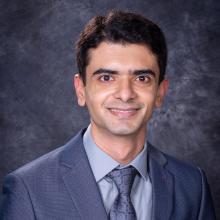
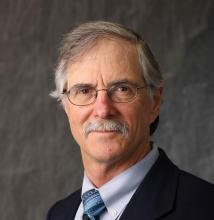
Professor and Associate Dean for Undergraduate Studies
Multibody System Dynamics, Space Vehicle Design and Simulation, Advanced Algorithm Development, Molecular Dynamics
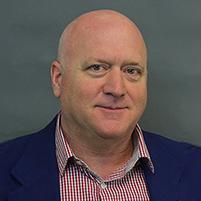
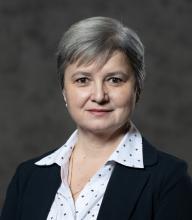
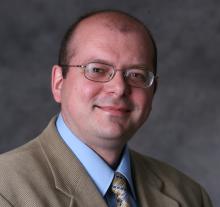
Professor and Associate Department Head for Graduate Affairs
Heat conduction in nanomaterials, Prototyping and testing advanced refrigeration/heat pump and heat transfer systems, Metrology for fast, accurate, and high spatial resolution of thermal and thermoelectric properties, Thermal transport across interfaces
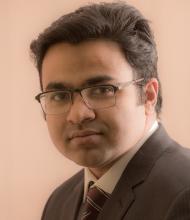
Lecturer
Machine Learning • Energy • Sustainability • Sensors • Spectroscopy • Data-Driven Modeling • Digital Twins • Cyber-Physical Systems • Generative Mechanical Design

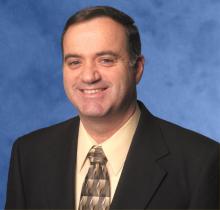
Professor, Edward E. Hood Jr. Chair in Nuclear Engineering, NE Program Director, and Director, Gaerttner Linear Accelerator Center (LINAC)


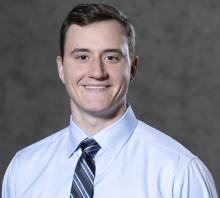
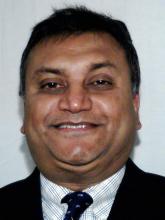
Edward P. Hamilton Professor of Aerospace Engineering
Multidisciplinary System Analysis and Optimization, AI and Machine Learning, Biologically Inspired Computational Tools for Optimization, Computational Intelligence

Professor of Practice; Director of MANE Undergraduate Student Services
University engineering and design education
Associate Professor and Priti and Mukesh Chatter '82 Career Development Chair
Advanced Materials for Electrochemical Energy Storage

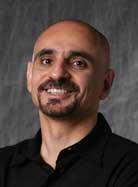
Professor
Fluid Dynamics at Interfaces, Surface Tension Phenomena, Proteins at Liquid Surfaces
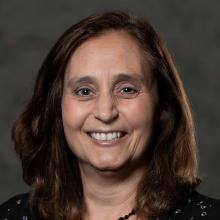
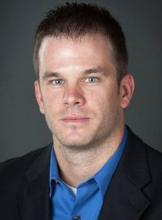
Sr. Lecturer
Engineering Design, Innovation, Inventor's Studio, Design for Manufacturing,
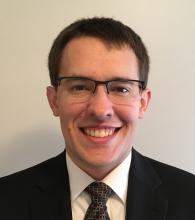
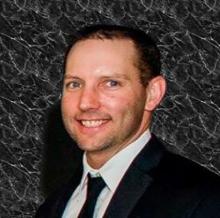
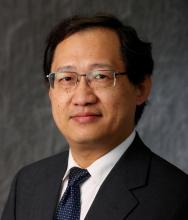
Professor, William H. Hernstadt '57 Faculty Fellow in Nuclear Engineering, Director of Rensselaer Walthousen Reactor Critical Facility

Lecturer
Computational Mechanics, Biological Systems, Machine Learning, Molecular Dynamics

Professor
Nuclear Plant Hybrid & Flexible Operation Simulations, Nuclear Plant Safety, Risk Assessment, Emergency Operation
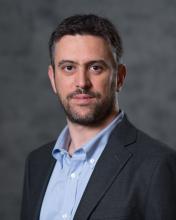
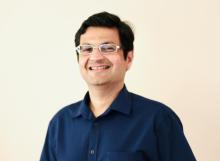
John A. Clark and Edward T. Crossan Chair Professor
Advanced Materials, Electrochemical Energy Storage, Batteries, Nanotechnology, Interfacial Science
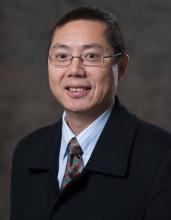
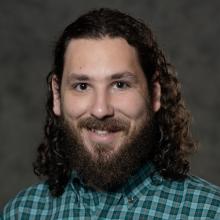

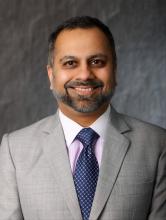
Professor
Dynamic Systems and Control, Precision Mechatronics, Unmanned Aerial Vehicles, Advanced Manufacturing, Energy Efficient Buildings

Sr. Lecturer
Computer-Aided Design, Manufacturing, and Computational Simulation Tools, Product Lifecycle Management. Design for Sustainability.



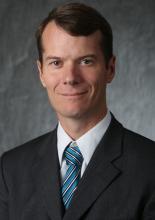
Professor, Associate Dean for Academic Affairs School of Engineering and Aerospace Program Director
Propulsion and Energy Systems, Spectroscopy, Optical Sensors, Chemical Kinetics

Sr. Lecturer, Mechanical, Aerospace, and Nuclear Engineering
Computational Mechanics, Manufacturing Design and Simulation
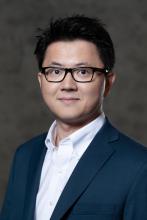
Assistant Professor
Scientific Machine Learning, Reduced Order Modeling, Turbulence Modeling and Simulation
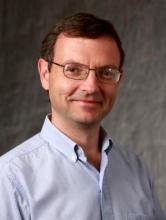
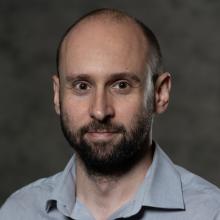
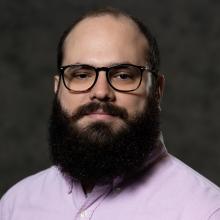
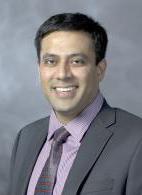
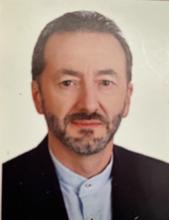
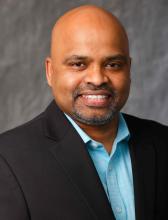
Professor and Director, Center for Smart Convergent Manufacturing Systems (CSCMS)
Manufacturing Processes and Materials Design
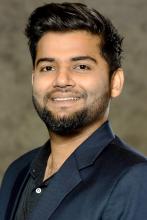
Assistant Professor
Optimal Trajectory Design for Spacecraft, Autonomous Guidance and Sensor Fusion Technology
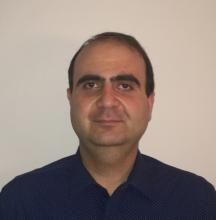
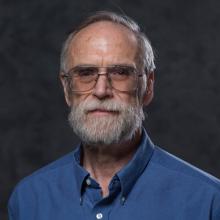
Samuel A. Johnson '37 and Elizabeth C. Johnson Professor of Engineering and Director, Scientific Computation Research Center (SCOREC)
Scientific Computing

Associate Professor, Director of the N-Phase Lab and the NuScale E2 Center at RPI
Multiphase Flow Experiments and Modeling, Particle Transport and Deposition, Nuclear Thermal Hydraulics and Reactor Safety, Advanced Nuclear-based Integrated Energy System
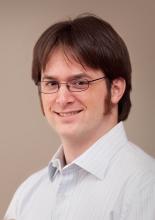


Assistant Professor
Kinetic theory, computational fluid dynamics, rarefied gas dynamics, aerothermodynamics, turbulence, flow instability and control.


Professor and Associate Dean for Research Innovations, Partnerships, and Workforce Development
Computational Mechanics
Affiliated Faculty
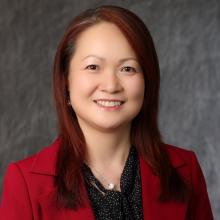
Professor and Head, Industrial and Systems Engineering Department; Professor, Mechanical, Aerospace, and Nuclear Engineering Department; Professor, Lally School of Management (Joint Appointment)
Energy Materials and Systems, Condensed Matter Physics, Emergency Communication, Preparedness, and Response, Engineering Education.

Russell Sage Professor, Electrical, Computer, and Systems Engineering
Robotics, Control Systems, Mechatronics

